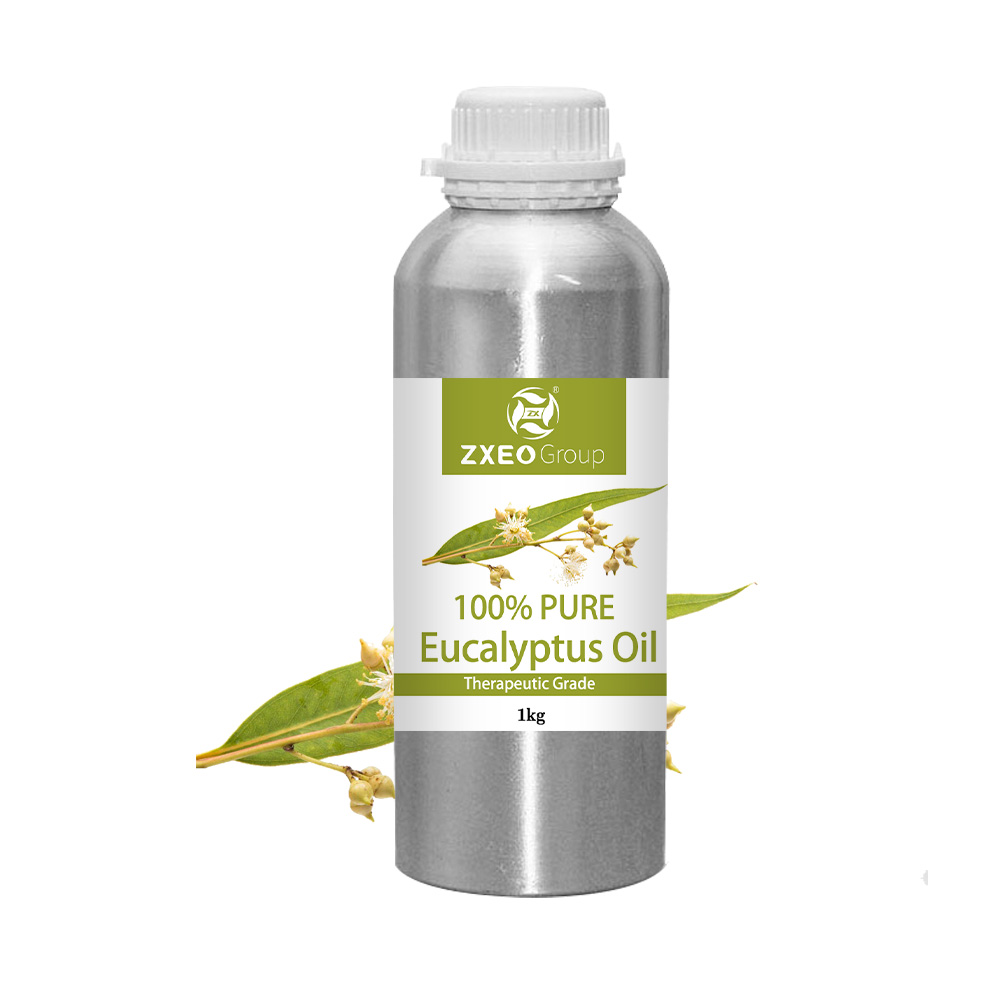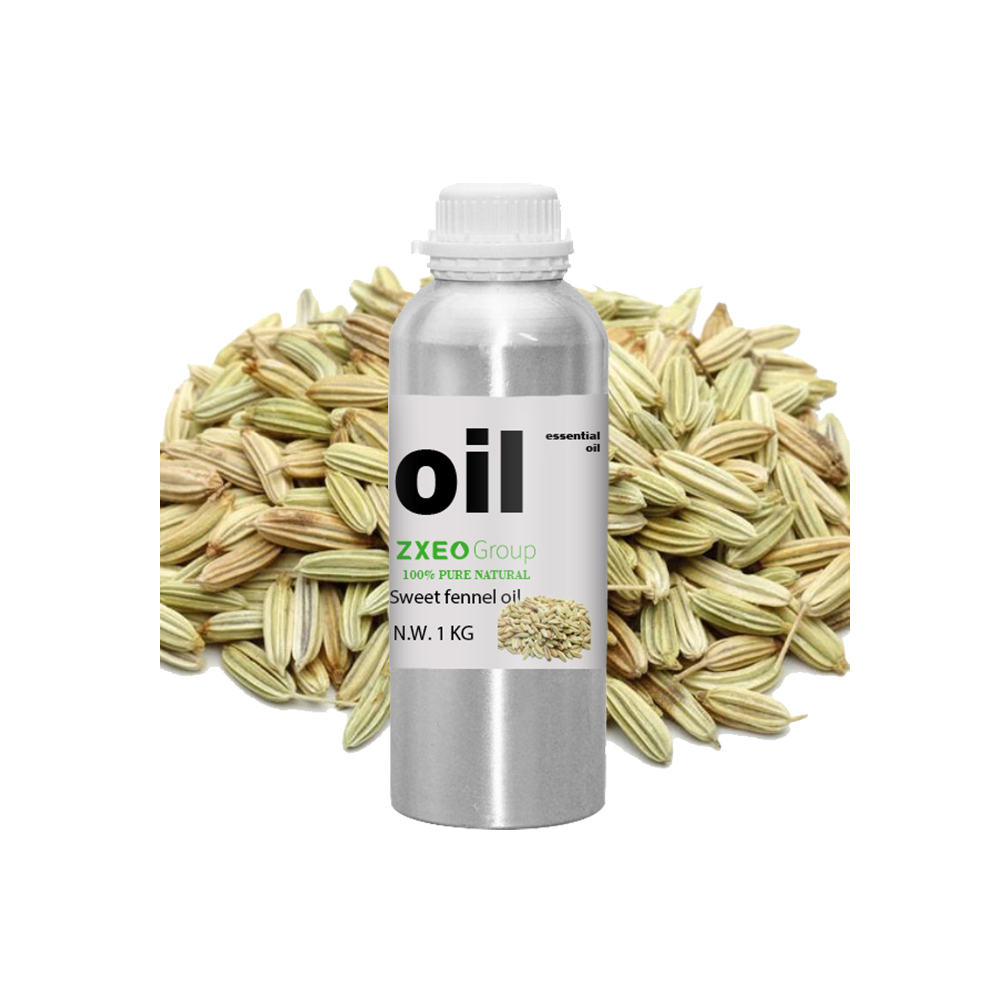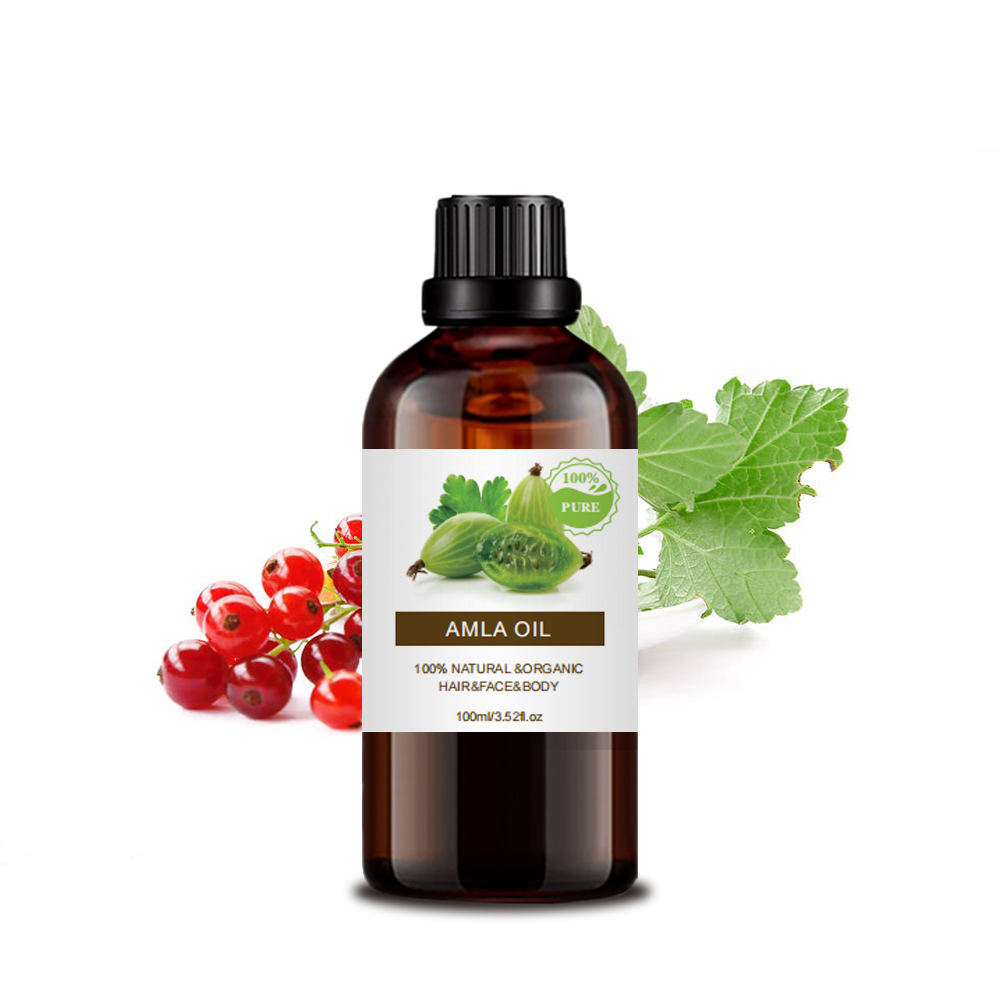Vanilla extract
It is not that easy to create vanilla extract, especially compared to other kinds of essential oils. It is impossible to extract the aromatic aspects of the vanilla bean via a mechanical or distillation process. Instead, vanilla is extracted from the beans using a mixture of alcohol (typically ethyl) and water.
But before this can be done, the pods containing the vanilla beans have to undergo a curing process that takes about 3 – 4 months to complete. This allows for the propagation of greater amounts of vanillin, the organic compound responsible for vanilla’s iconic aroma.
After curing is complete, the process of extraction will go on for months before the mixture has aged enough to have drawn out that distinct vanilla aroma. In order to achieve the most optimal degree of vanillin extraction, vanilla pods will have to sit in this ethyl/water mixture for a number of months.
But to achieve such turnaround times, you need the ability to moderate environmental conditions in a way that only large-scale manufacturers are capable of doing. Homemade vanilla extract, on the other hand, can take as long as a full year to produce. It is thus much easier to purchase it than to make it yourself at home.
Vanilla oleoresin
While vanilla oleoresin isn’t really an essential oil, it is often used as one. Vanilla oleoresin is made by removing the solvent from vanilla extract. It’s thicker than a typical essential oil and is a more economical option that is often added to personal care products.
Vanilla oil infusion
This process involves soaking the dried, fermented vanilla bean with a neutral oil such as grapeseed oil or almond oil which are perfect for extracting the aromatic attributes of vanilla. The process of fermentation and drying creates natural enzymes that are responsible for the rich flavour and aroma of vanillin.
There are two fantastic aspects of vanilla oil infusion that distinguish it from vanilla extract. First, this kind of vanilla oil is ideal for use on the skin and can be added to beauty products. Vanilla extract, on the other hand, should only be used for deodorizing, beauty products and cooking. Second, vanilla oil infusion can be made relatively easily at home and takes much less time to produce.
To make your own homemade vanilla oil infusion, you can start by acquiring some vanilla beans and slicing them into tiny sections. You then place these bits into a jar and fill it with your preferred neutral oil. Afterwards, you can pop the lid on that jar and let the mixture infuse for roughly three weeks (the longer the better). After it has been infused, you can pour the solution through a sieve and into a fresh jar.
The resulting oil infusion can then be used for a number of applications. Added to beauty products, the oil will give your homemade toiletries a stunning vanilla scent. Once again, if you are looking for vanilla essential oil for skin care, this is the one you should use. You can also use the infusion method to create vanilla bath oil, and this is the perfect way to make your bathtimes more luxurious.
Vanilla absolute
While neither this or either of the above kinds of vanilla derivatives fit the bill as an actual essential oil on their own, vanilla absolute is the closest thing to it. Typical essential oils will be produced through steam distillation, whereas vanilla absolute requires the application of a solvent instead.
The solvent extraction method is a two-step process initially requiring the application of a non-polar solvent to extract vanilla oleoresin from vanilla extract. One of the most common solvents used during this step is benzene. A polar solvent will then be used to extract vanilla absolute from vanilla oleoresin. This will typically involve the use of ethanol.
Vanilla absolute is incredibly powerful and definitely not edible. You will also not see this vanilla oil in skin products. Instead, you will see vanilla absolute being used in perfumes. Its primary function in perfumery is that of playing the role of a base note. Its soft aroma is incredibly effective at smoothing out the sharper scents in floral mixtures.
Carbon dioxide vanilla extract
Unlike the aforementioned vanilla products, this is an actual essential oil. It’s extracted via the application of high-pressured CO₂ as the solvent. What makes carbon dioxide an effective solvent is the fact that it can be completely removed from the mixture once extraction is completed by returning it to its gaseous form.
CO₂ vanilla extract is made by compressing vanilla pods with carbon dioxide in a stainless steel container. The carbon dioxide entering the container will then become pressurized and turn into a liquid. In this state, the carbon dioxide is able to extract the oil residing within the vanilla pods. The container can then be depressurized and returned to its gaseous form. What you are then left with is an incredibly potent vanilla essential oil.













